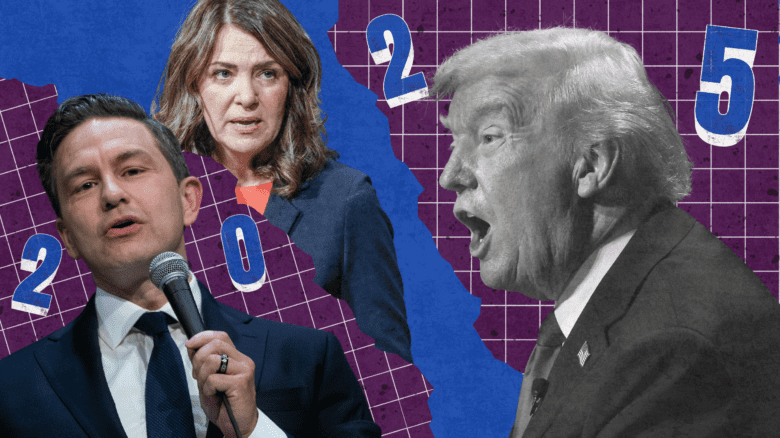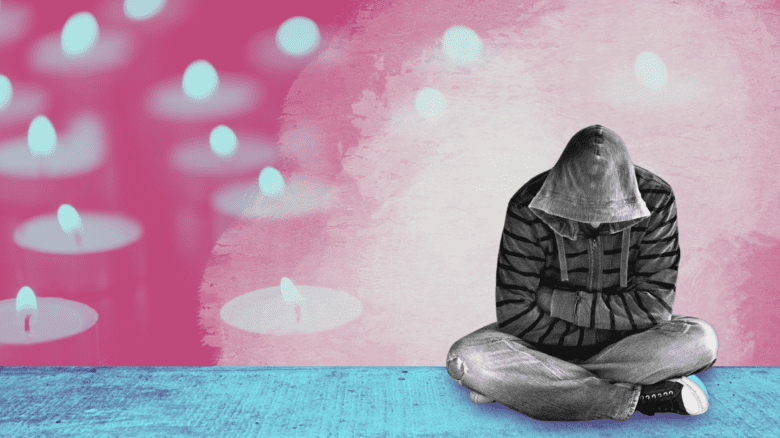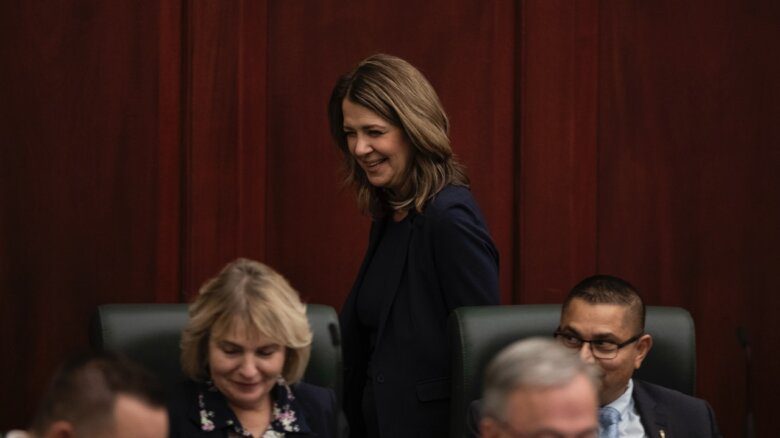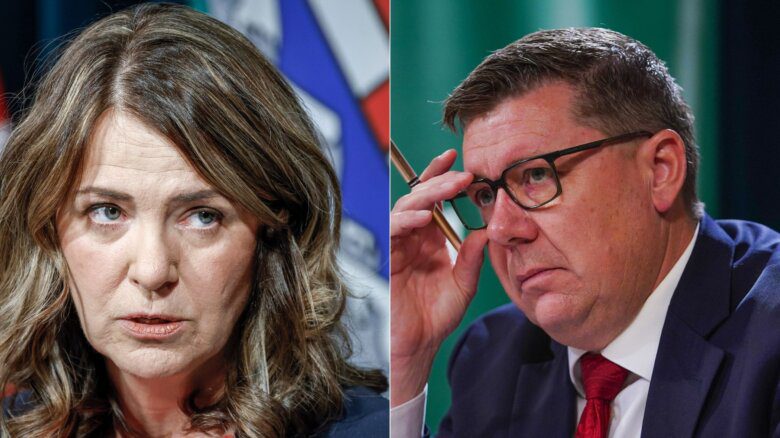With anti-trans legislation taking shape across Canada, the question of which jurisdictions remain safe for trans people is on a lot of people’s minds. Transfeminine jurist and activist Celeste Trianon began producing the Canadian Anti-Trans Risk Map in 2023 to provide some answers. The map colour-codes each Canadian province and territory, as well as the country as a whole, according to the level of risk each jurisdiction’s government poses to its trans residents. Inspired by a similar project in the U.S., produced by trans journalist and public commentator Erin Reed, Trianon wanted to visualize the anti-trans political movement so she could answer the question, “I’m planning on moving to Canada: where should I go?”
Legal literacy is important to Trianon, who is based in Montreal, Quebec. Much of the general population “has no idea what is happening, especially with respect to legislation” targeting trans rights, she says. But some parts of Canada are much worse for trans people than others, and people, both within the LGBTQ2S+ community and without, need to know the difference.
Trianon works from the assumption that every jurisdiction—be it a province, territory or the country as a whole—is at “medium risk” of enacting a law or policy that harms trans people. Since she began monitoring anti-trans legal developments, Trianon has noticed the “biggest shift” in Alberta and Saskatchewan, where anti-trans legislation has been passed, and Manitoba and New Brunswick, “where things have gone down,” she says. Alberta currently ranks on her map as having the “worst active anti-trans laws,” thanks to recent provincial legislation restricting gender-affirming healthcare for trans youth and making it more difficult for all youth to change their names and pronouns at school.
She deems Manitoba, New Brunswick and Yukon to be “low risk” jurisdictions. These are provinces and territories that have taken active steps to be more inclusive and protective of their trans residents.
Trans-friendly Manitoba
Trevor Kirczenow, a 39-year-old trans man, has lived in Manitoba for the past 17 years. It’s a “reasonably good place for us to live,” he says. “We have a vibrant trans community.”
In Manitoba’s 2023 provincial election, the incumbent Progressive Conservatives campaigned on a platform of “parental rights.” They lost badly.
“Voters were certainly not swayed by right-wing conservative arguments against trans people in the last election,” Kirczenow reflects, “so that definitely means something.”
Manitobans instead voted into power the progressive-leaning NDP, led provincially by Wab Kinew. The party has a long history of standing up for sexual and gender minorities, and their membership in the Manitoba Legislature reflects that. Uzoma Asagwara, currently the minister of Health, Seniors and Long-Term Care, became Manitoba’s first non-binary MLA when they were elected in 2019. Logan Oxenham, elected in 2023 over a Progressive Conservative incumbent, became Manitoba’s first trans MLA.
Kirczenow thinks there’s something about the political culture of Manitoba that makes it a more favourable place to live as a trans person. He recently organized a protest against a Jordan Peterson speaking engagement at Winnipeg’s Canada Life Centre. It was 21 below zero—30 below with the wind chill—and there was still a “decent” turnout for the hour-long protest. Kirczenow says a lot of passersby showed their support by cheering on the protestors.
“Politically, it’s good to recognize where we’re at right now in terms of election cycles,” says Kirczenow, who ran in 2023 as a candidate for the Manitoba Liberal Party. The NDP has long been a very firm supporter of trans rights, Kirczenow says, and the party “won a very strong majority.”
The province is currently a year and a half into that NDP majority government. That means there likely won’t be another election until 2027, leaving trans Manitobans in a promising position at least until then.
Trans rights in Canada’s North
Isabelle moved to Yukon from an Edmonton, Alberta, suburb in 2020. She’s completed a majority of her medical transition, including the “surgical end of stuff,” via the healthcare system in Canada’s westernmost territory.
Yukon boasts Canada’s “most comprehensive” gender-affirming healthcare policy. Everything from upper and lower body surgeries, to body contouring and facial surgeries to voice training is eligible for provincial healthcare funding.
But there’s more to Yukon’s trans inclusivity than just progressive government health policy.
When Isabelle moved to the territory, she went from being one person who “stood out” to being part of a community that was “much more diverse in every way.” There are “a lot of weird people here,” she says affectionately, and that means there’s “much more acceptance of deviation from the norm.”
The territory is also culturally similar to a small town, says Isabelle, who lives in Whitehorse. People know each other there; they run into their elected officials when out and about. What this means is “there’s a lot more access to people in positions of power. If people get too vocal about their hate, we know who they are.”
Not that hate is too much of a problem. The people “are largely friendly,” Isabelle says. And, of course, “it’s beautiful here.”
Between law and reality
“My biggest fear as a trans person is that it is all going to go away,” Isabelle says.
It’s a fear Trianon shares, particularly with a federal election on the near horizon. An “overzealous Conservative government” could introduce anti-trans laws and use the constitutional Notwithstanding Clause to shield them from judicial review. “Canada cannot have safe provinces in a way that is analogous to U.S. safe states,” Trianon notes, because Canada’s federal government has exclusive jurisdiction over things like the criminal law in a way the United States federal government doesn’t.
Still, there is often a difference between law and on-the-ground reality. Even in regions like Alberta, which are hostile to trans existence, Trianon says, there are safer areas for trans people. But to understand just how safe a given place is, you have to reach out to the people who actually live there.
And whether it’s in Alberta or Manitoba, “all Canadians really need to stand up to hate right now, across the country,” Kirczenow says.
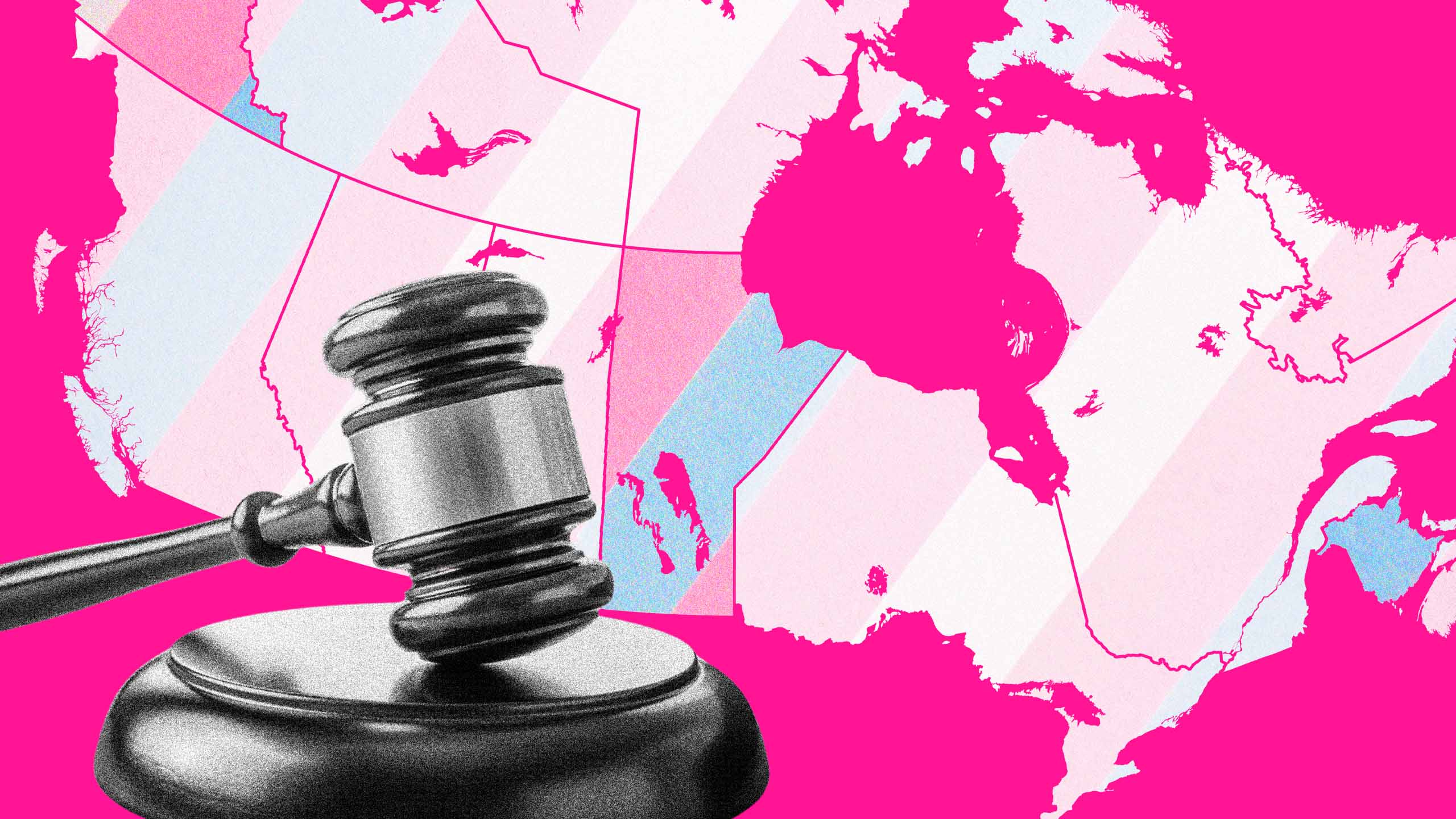

 Why you can trust Xtra
Why you can trust Xtra